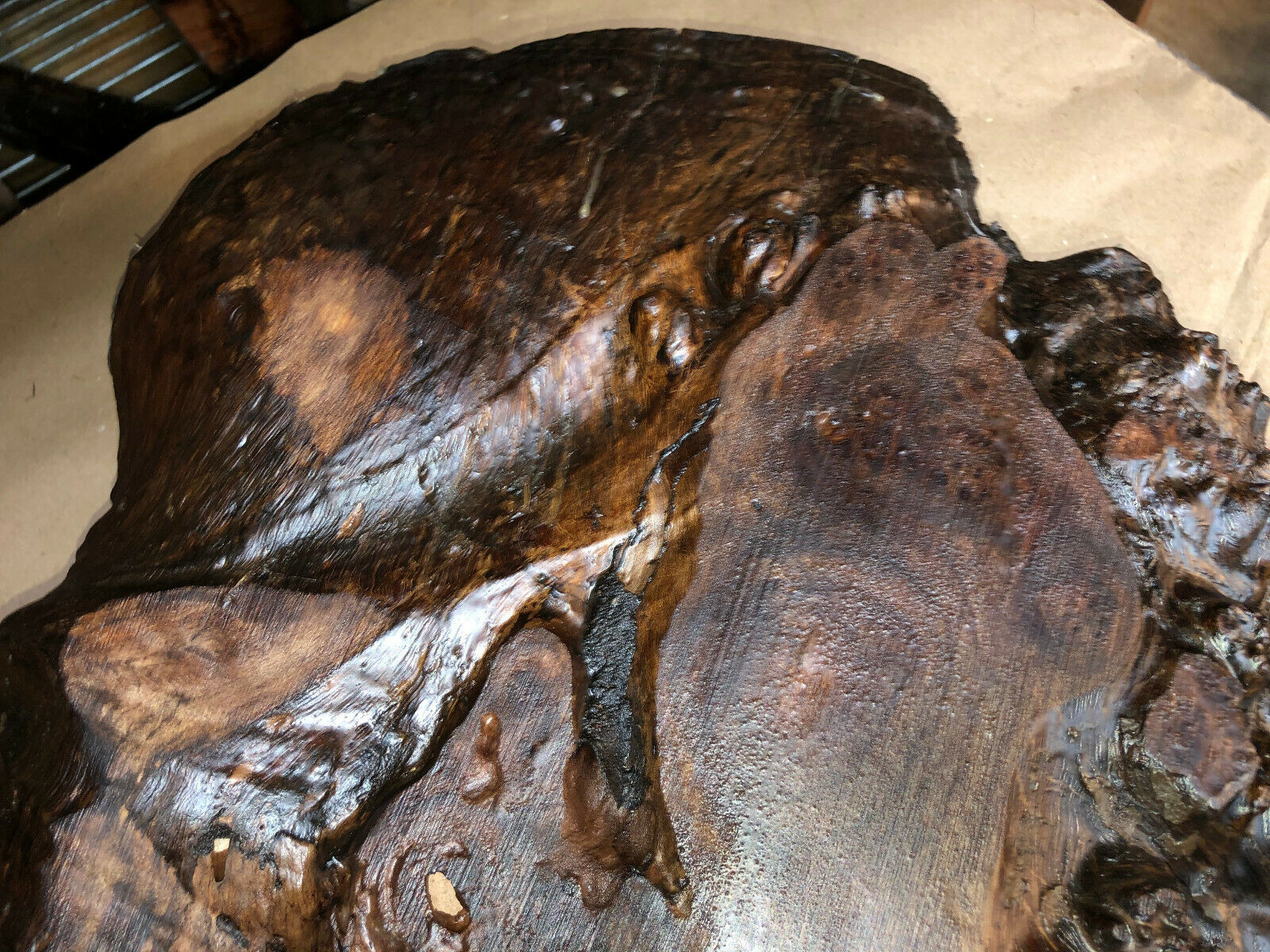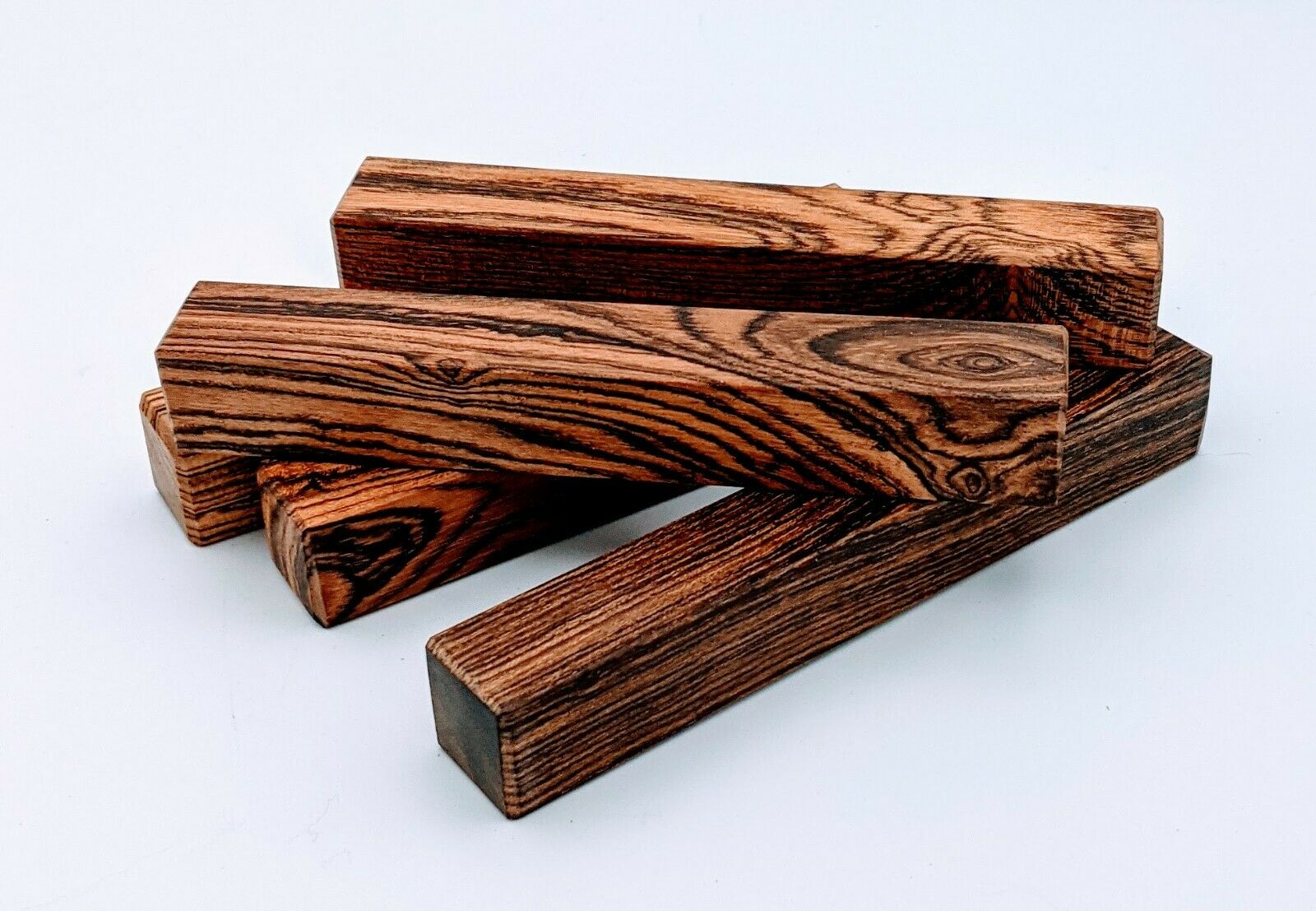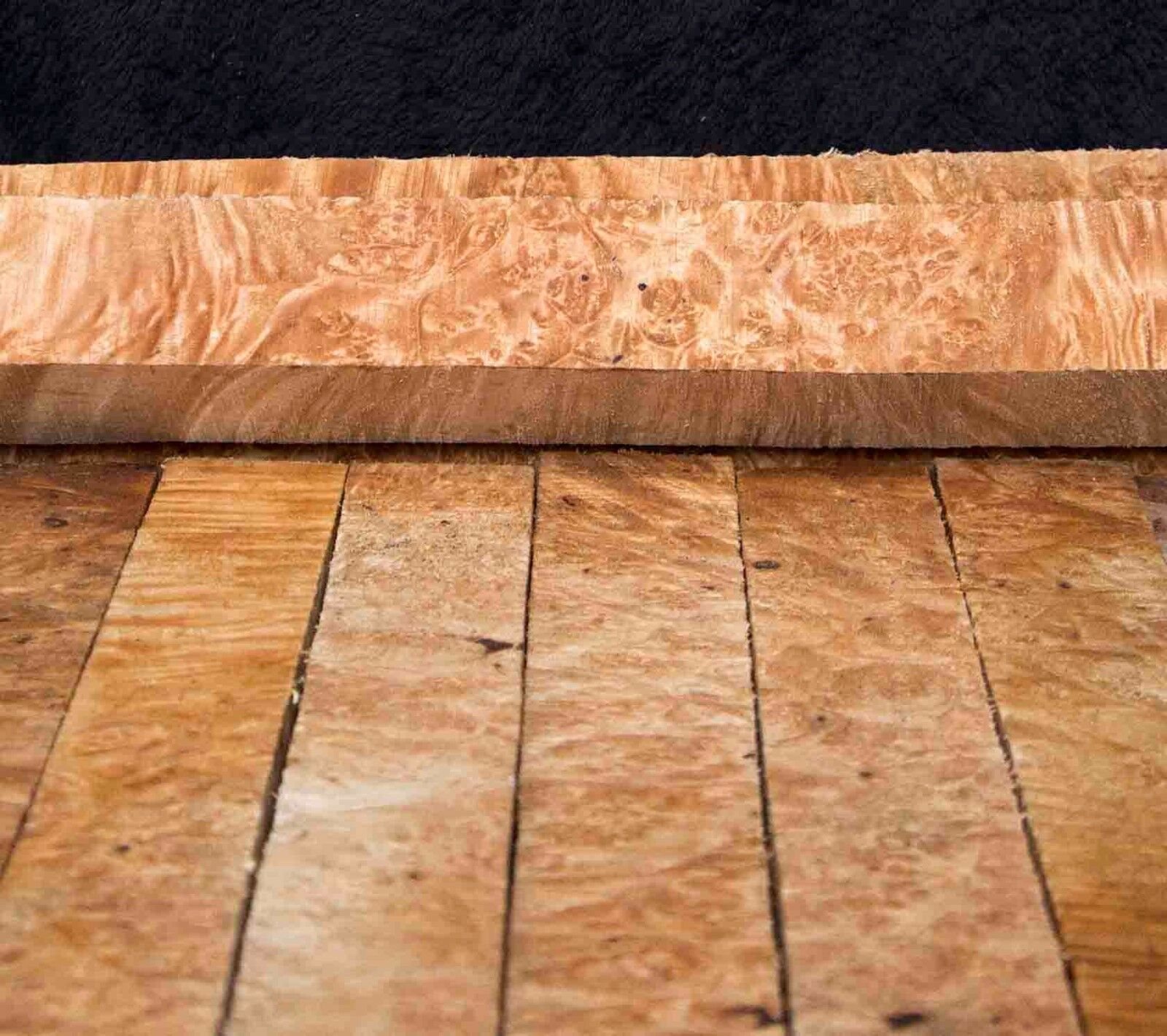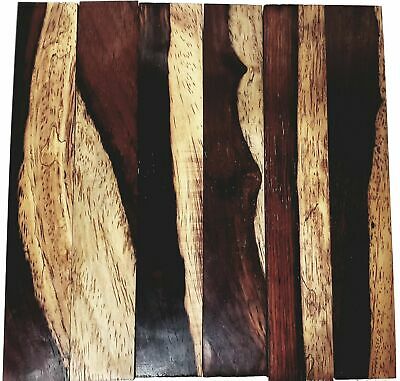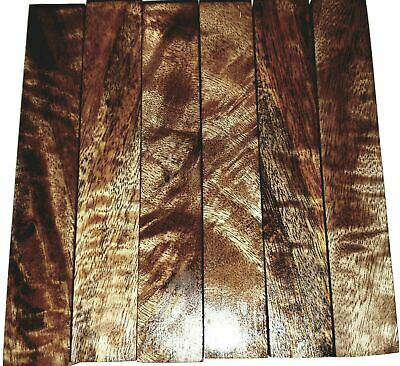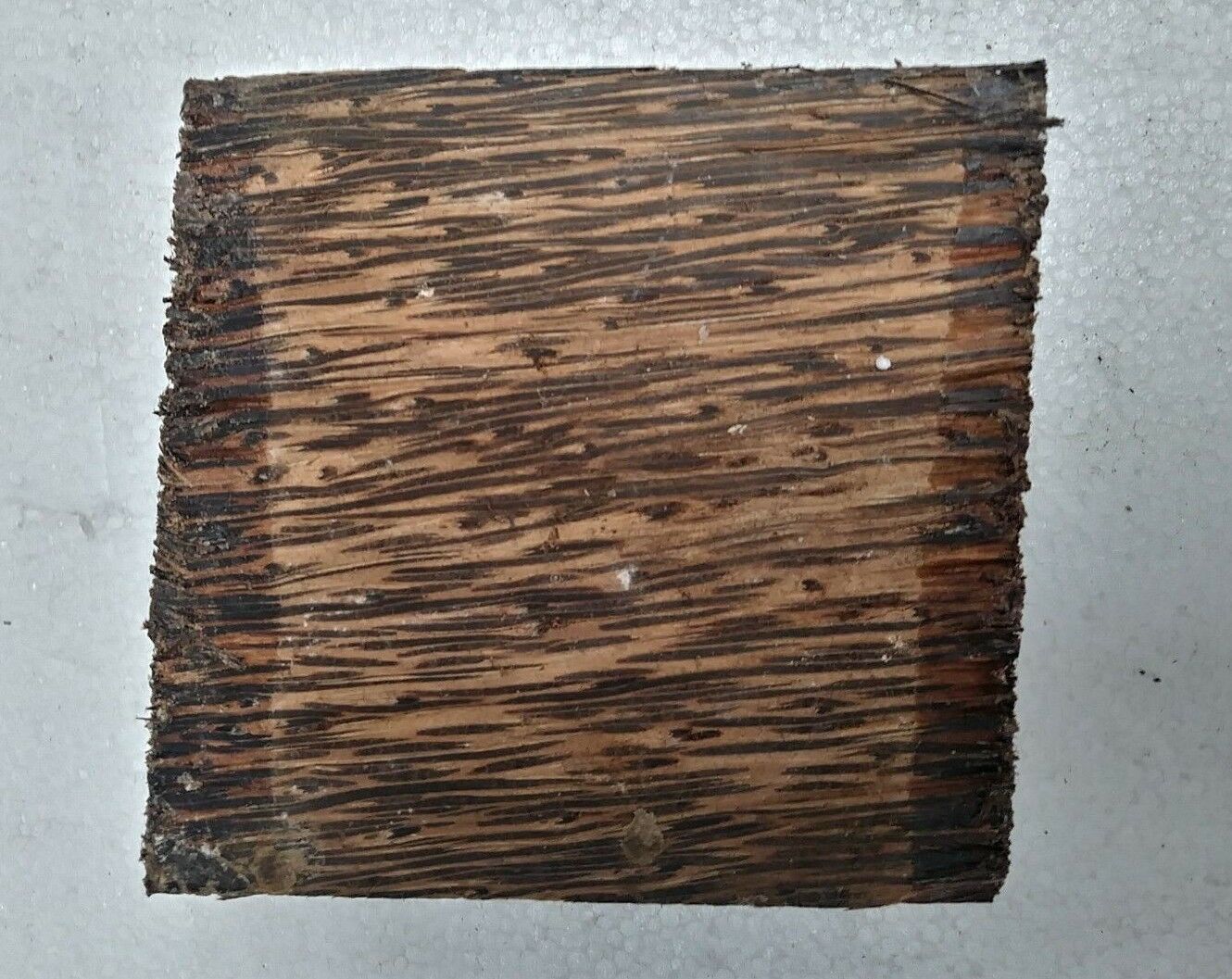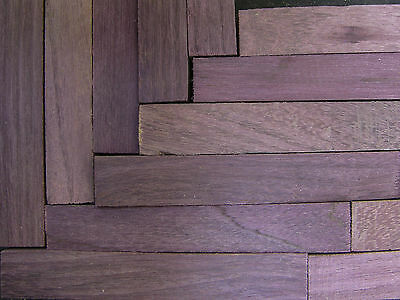-40%
16" CAMPHOR BURL 16" X 15" X 2" - HOLLOW FORM VESSEL
$ 20.59
- Description
- Size Guide
Description
***RARE CLEARANCE SALE***CAMPHOR BURL
HIGHLY FIGURED
CRAZY EYES AND RAYS
3D GRAINING
CRAZY GRAIN PATTERNS!
MASSIVE BOWL
SUCH A SOOTHING PLEASANT AROMA
Common Name(s):
Camphor, Camphor Laurel
Scientific Name:
Cinnamomum camphora
Distribution:
Native to southeast Asia, widely planted throughout tropical and subtropical regions worldwide
Tree Size:
65-100 ft (20-30 m) tall, 2-4 ft (.6-1.2 m) trunk diameter
Average Dried Weight:
33 lbs/ft
3
(520 kg/m
3
)
Specific Gravity (Basic, 12% MC):
.43, .52
Janka Hardness:
950 lb
f
(4,440 N)
Modulus of Rupture:
11,670 lb
f
/in
2
(80.5 MPa)
Elastic Modulus:
1,676,000 lb
f
/in
2
(11.56 GPa)
Crushing Strength:
5,820 lb
f
/in
2
(40.1 MPa)
Shrinkage:
Radial: 3.1%, Tangential: 5.4%, Volumetric: 8.7%, T/R Ratio: 1.7
Color/Appearance:
Color can be highly variable depending on species and growing conditions; generally a light brown, frequently with shades of gray, red, or olive green. Occasionally contains darker streaks. Paler sapwood isn’t always clearly differentiated from the heartwood. Burls are also commonly seen, and are considered highly decorative.
Grain/Texture:
Grain can be straight, interlocked, and/or wavy. Uniform medium texture with a high natural luster and a slightly greasy feel.
Endgrain:
Semi-ring porous or diffuse-porous; solitary and radial multiples; medium to large pores (two distinct sizes in semi-ring-porous samples) in no specific arrangement, few; tyloses occasionally present; parenchyma vasicentric, confluent; medium-width rays, spacing normal.
Rot Resistance:
Rated as durable, with mixed resistance to various insect attacks.
Workability:
Camphor’s moderate density makes it easy to shape and machine with minimal effort. Areas of interlocked grain may cause tearout issues, but complications are usually minimal. Glues and finishes well.
Odor:
Camphor has a very characteristic odor, for which the tree is named. The most recognizable product that contains the extracts of camphor are medicated chest rubs, which have the same distinct scent.
Allergies/Toxicity:
Camphor has been reported to cause skin and respiratory irritation, as well as a number of other effects, such as headaches, giddiness, and asthma-like symptoms. See the articles
Wood Allergies and Toxicity
and
Wood Dust Safety
for more information.
Pricing/Availability:
Rarely, if ever exported, in lumber form, most Camphor is exported from Asia as burl veneer. Lumber, turning blanks, and log sections are sometimes seen for sale from domestic sources where the tree has been introduced and harvested locally. Prices for such “domestic” exotics are usually in the moderate range when compared to other imported hardwoods. Solid burls and veneer sheets are much more expensive.
Sustainability:
Camphor is not listed in the CITES Appendices or on the IUCN Red List of Threatened Species, although a few related species, (
Cinnamomum balansae
from Vietnam,
C. mercadoi
from the Philippines, and
C. osmophloeum
from Taiwan)
,
are listed as vulnerable/endangered due to a population reduction of over 20% to 50% in the past three generations, caused by a decline in its natural range, and exploitation.
Common Uses:
Veneer, turned objects, chests, cabinetry, and furniture.
Comments:
Perhaps known more famously for its beautiful burls, Camphor is also cultivated for its aromatic oils, which are used in a variety of culinary and medicinal applications. In addition to its medicinal values, the lingering scent of Camphor is also reported to inhibit silver from tarnishing and ward off moths, and the wood is sometimes used in trunks and chests where valuables are stored.









